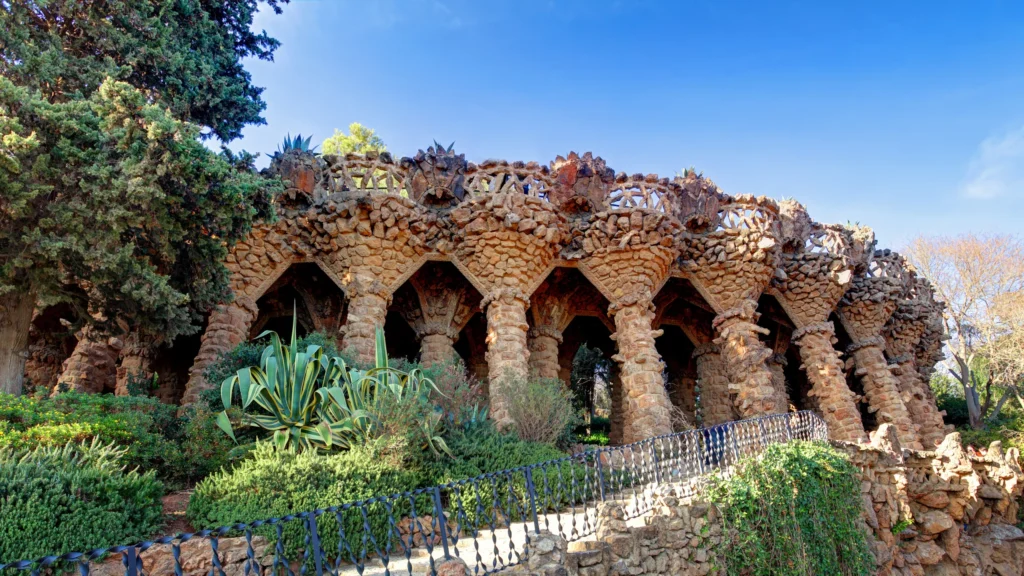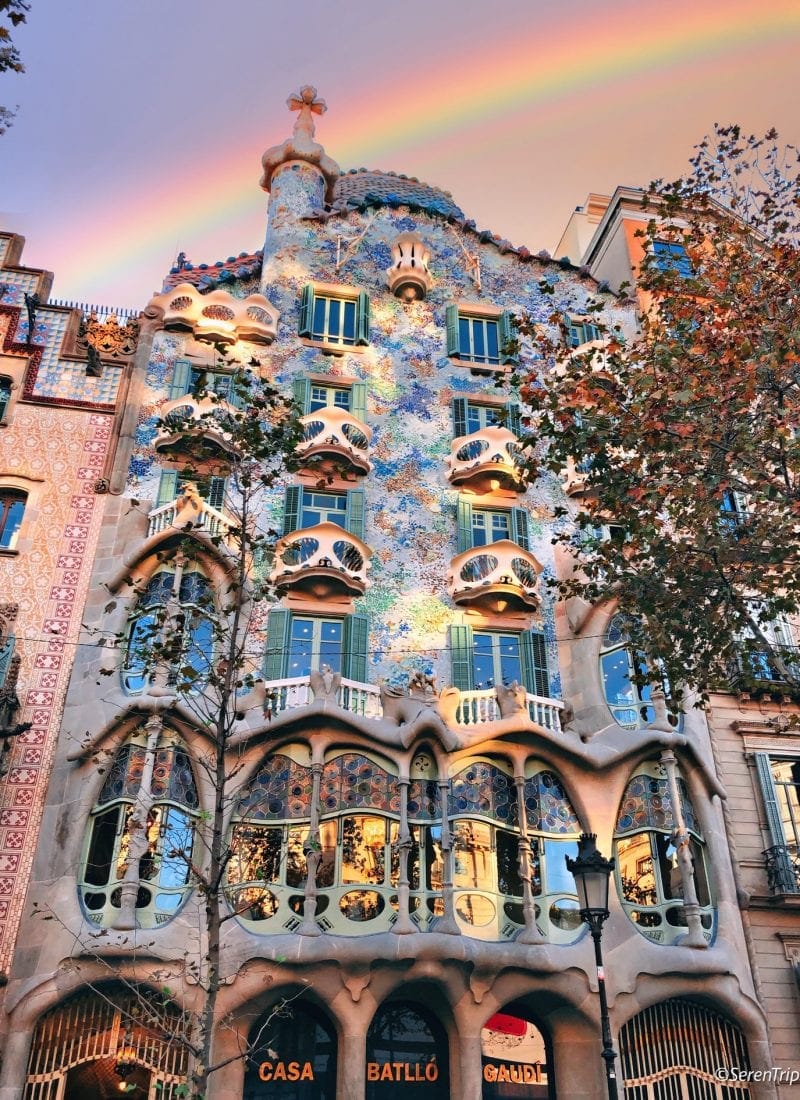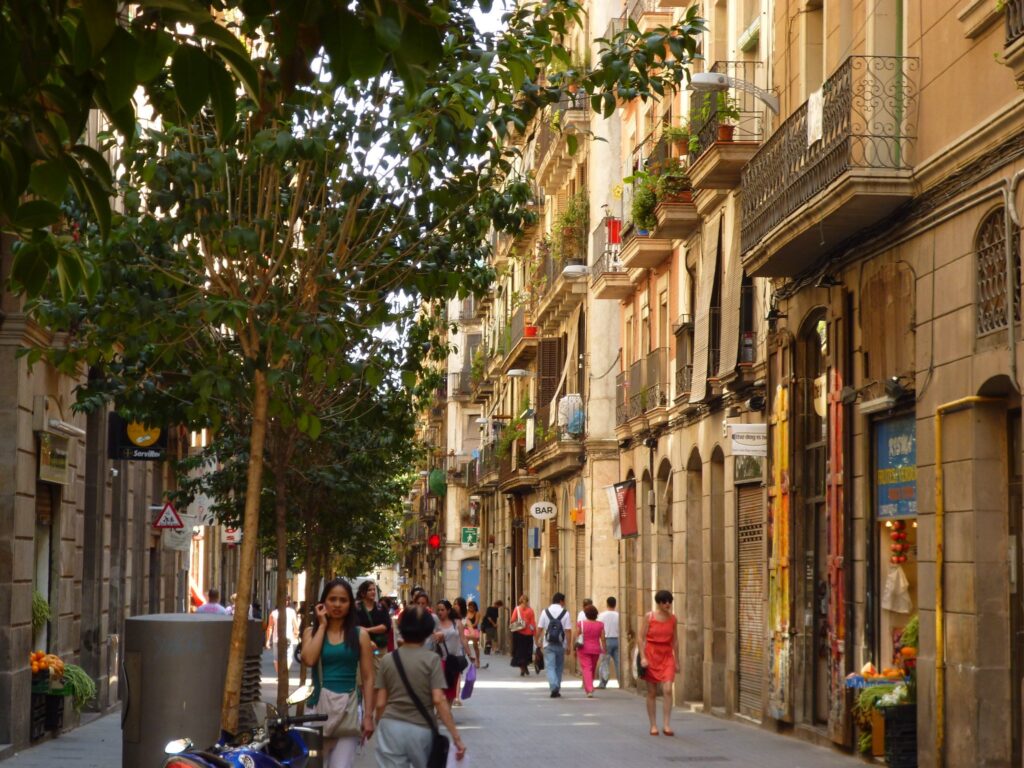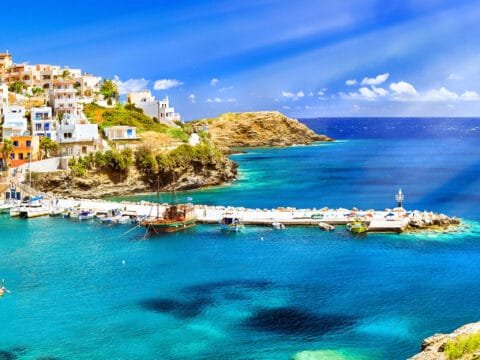Barcelona, the land of Gaudí’s wonders, endless tapas, and those selfies with La Sagrada Família as the backdrop, is now waging a war—against overtourism. Once a peaceful Mediterranean gem, Barcelona now finds itself grappling with more tourists than you can shake a paella spoon at. But this isn’t a simple skirmish; it’s a full-fledged battle to keep the city’s unique charm while maintaining a balance between visitor influx and local serenity. So, how exactly does Barcelona Spain tourism battles overtourism? Let’s explore the city’s innovative strategies and cheeky solutions to keep everyone (mostly) happy.
The Rise of Barcelona Battles Overtourism: How Did We Get Here?

The lure of Barcelona is as undeniable as a second helping of patatas bravas. But as the city grew in fame, so did the crowds. The post-2000s travel boom made it easier than ever for everyone and their grandmother to hop on a flight to Barcelona. As visitors flooded in, the city’s narrow streets, once charmingly quaint, turned into packed passageways. The issue of overtourism became glaringly obvious as locals started feeling like supporting characters in a never-ending tourism play, with tourists front and center.
But don’t worry—Barcelona isn’t just twiddling its thumbs while watching the chaos unfold. The city is taking action, showing that it knows how to keep its balance, even when teetering on the edge of being “too popular for its own good.”
Also Read Top Hotels in Barcelona: 7 Stunning Spanish Stays That Redefine Luxury!
Regulation Over Relaxation: Barcelona Battles Overtourism with New Rules

The days of unrestricted Airbnb listings and never-ending lines outside Parc Güell are fading fast. Barcelona has taken the fight straight to the heart of the problem: regulation. Yes, the word might sound as exciting as a tapas Barcelona platter without jamón, but it’s a critical part of the city’s overtourism strategy.
Airbnb and Short-Term Rental Crackdowns: One of the key ways Barcelona battles overtourism is through strict regulation of short-term rentals. Gone are the days when every nook and cranny could be turned into a vacation rental. The city has tightened its grip on licensing, issuing fines to platforms that list unlicensed properties. The goal? To keep residential areas feeling more like communities and less like hotel corridors.
Tourism Caps and Quotas: Barcelona has also introduced visitor caps at some of its most popular attractions, like the towering Sagrada Família and the magical Park Guell. Limiting the daily number of visitors not only protects these iconic sites but also ensures that travelers get to enjoy their visit without feeling like they’re in a sardine can. These efforts show how Barcelona battles overtourism by embracing quality over quantity.
Also Read Discover 10 Best Restaurants in Barcelona For Your 2025 Feast!
Reclaiming Public Spaces: A New Approach to Tourism
Barcelona is also reclaiming its public spaces, taking them back from the clutches of constant crowds. The “Plan Cerdà,” originally designed to give the city room to breathe, is being revitalized with pedestrian zones and car-free areas, making the city more breathable—literally. As a part of this plan, certain areas like La Rambla are getting facelifts, focusing on making them more enjoyable for locals again. This means less room for massive tour groups and more room for leisurely strolls, whether you’re a Barcelona native or a visitor trying to blend in like a true Catalan.
Changing the Narrative: From Mass Tourism to Cultural Tourism
One of the clever ways Barcelona tackles overtourism is by shifting the focus toward cultural depth. Rather than drawing in just beachgoers, the city now appeals to travelers interested in its rich history, art, and iconic architecture. Think Gaudí Barcelona—a narrative that invites visitors to explore the city’s soul, not just its shoreline.

- Promoting Hidden Gems: Barcelona’s tourism board is actively promoting lesser-known attractions, steering curious travelers away from the usual hot spots. Why not explore the modernist wonders of Sant Pau instead of jostling through Casa Batlló? Or venture to the hills of Montjuïc for a panoramic view that will make your Instagram followers green with envy, minus the crowds.
- Off-Season Travel Campaigns: Another smart move in how Barcelona is battling overtourism is encouraging off-season travel. Winter in Barcelona may not be synonymous with sunbathing, but it offers a unique charm, with fewer crowds and cooler weather to explore the city’s treasures. This push for year-round tourism helps spread out visitor numbers, giving Barcelona’s most popular areas a chance to breathe during peak summer months.
Working with Locals: A Community-Centric Strategy

No one understands the impact of overtourism quite like the locals, and Barcelona’s city council knows this well. That’s why they’ve been actively involving residents in the planning and decision-making processes. The city has set up community forums where locals can voice their concerns, propose ideas, and even collaborate on solutions. It’s like a citywide tapas night, but instead of choosing dishes, everyone’s picking ways to make tourism work better for Barcelona. This approach is one of the many ways Barcelona battles overtourism, ensuring that local voices shape the future of tourism.
Neighborhood Protection Zones: To further address the issue, Barcelona has introduced “tourism pressure zones” in areas most affected by the influx of visitors. These zones focus on protecting the charm of the Gothic neighborhood Barcelona, like the Gothic Barcelona Quarter and the lively El Raval district, where life can feel like a never-ending fiesta. The special attention given to these areas includes increased funding for upkeep, cleanliness, and cultural preservation. This strategy is crucial as Barcelona combats overtourism, allowing the city to maintain its unique appeal while balancing the needs of residents and visitors.
Tech-Savvy Tourism: Embracing Digital Solutions
Barcelona isn’t just relying on old-school tactics to fight overtourism; it’s embracing the digital age with open arms. With the help of smart city technologies, Barcelona fights overtourism by managing visitor flow more efficiently. Apps and websites now provide real-time updates on crowd levels at popular sites, allowing travelers to choose the best time for a visit. It’s like having a traffic report for tourists—minus the gridlock.
- Smart Parking and Mobility Solutions: By implementing smart parking systems and public transport upgrades, the city aims to make it easier for visitors to explore lesser-known neighborhoods without congesting the city center. It’s a way of nudging people to discover hidden gems while reducing the strain on the classic postcard attractions.
A Sustainable Future: What’s Next for Barcelona?
As Barcelona battles overtourism, the city remains committed to a sustainable future. Its efforts have garnered both criticism and praise, but what’s clear is that Barcelona isn’t backing down from the challenge. From implementing stricter regulations to engaging with local communities, Barcelona is charting a new path that prioritizes both its residents and visitors. The goal is simple: to ensure that the city remains a vibrant, welcoming destination for all who visit—without losing its soul in the process.
Conclusion: A Balancing Act Worth the Effort
In the ongoing battle between charm and crowds, Barcelona’s determination shines through. The city has become a global example of how to tackle the challenges of being “too popular for its own good.” With its smart strategies, community focus, and creative solutions, Barcelona battles overtourism with style—showing that even in the face of a tourism tidal wave, it’s possible to stay afloat without losing the magic that makes it special.





